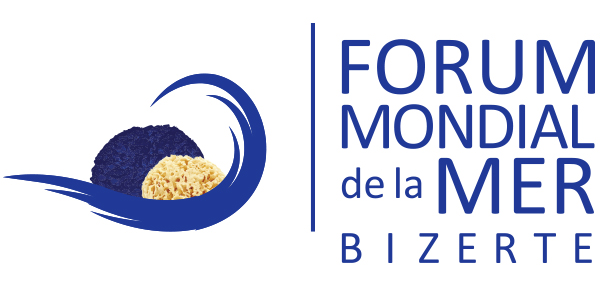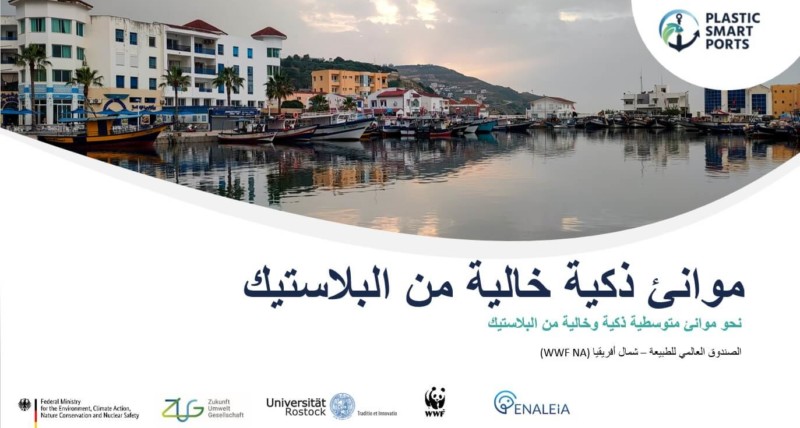
While Maersk and Hapag-Lloyd are focusing on schedule reliability, with impacts on operations such as selective port calls and increased use of feedering, Ocean Alliance, of which CMA CGM is a member, continues its massification strategy with 41 rotations, 390 container ships, and 5 MEVP. A match of economic models, with shippers holding the keys.
While an air-line style operating model (hub and spoke) has entered regular services, embodied by the launch of Gemini, a new alliance between Maersk and Hapag-Lloyd, Ocean Alliance sticks to a formula that works. Its four members—CMA CGM (France), Cosco (China), Evergreen (Taiwan), and OOCL (Hong Kong)—who have extended their operational collaboration for five more years before their current contract ends in 2026, lead the most powerful alliance in container shipping since the split of Maersk and MSC, the two global leaders.
Launched in April 2017 for an initial five-year term, later extended until January 2019, the alliance controls 31% of the Asia-Europe trade and 38% of the Asia-North America (Transpacific) routes, while remaining weak on the transatlantic flank with 13% market share in capacity. This advantage is expected to grow, considering the order books of the third, fourth, and seventh largest container ship operators. By 2028, they are set to receive nearly 2.8 MEVP with 184 ships, including over 1.3 MEVP (84 vessels) from CMA CGM alone (881,000 TEUs from Cosco, 557,000 from Evergreen). Not all ships will be shared, but the largest vessels (around 30 to 40) should be used on the Asia-Europe trade, where they can maintain three weekly loops.
390 Container Ships, Unprecedented While in 2023, the Day 7 Product (commercial brand) had a fleet of 353 vessels deploying 4.28 MEVP, Day 8 in 2024 reduced the fleet to 321 ships and 4.5 MEVP (119 of which were provided by CMA CGM), indicating an upscale strategy with larger vessels.
From April 2025, partners will operate 41 rotations deploying 390 container ships with a nominal capacity of nearly 5 MEVP. These figures should be put into perspective with their actual power: combined, they represent 8.92 MEVP with 1,399 ships. They allocate 56% of their volumes and 36% of their units to their alliance.
Back to Seven Asia-Europe Loops Compared to 2024, the 2025 offer will return to seven loops from Asia to Northern Europe (up from six last year), and four services from Asia to the Mediterranean, while the three Asia-Middle East and two Asia-Red Sea rotations will depend on regional developments. A major development on the Asia-Europe trade is the relaunch of the NEU3 service, which had been suspended in April due to attacks by the Houthis off Yemen. This route, usually operated with ships of 14,500 to 21,400 TEUs, would have required too many large units to maintain service regularity. The critical security situation at the Suez Canal has forced much of the global container fleet to divert to the longer historic route, adding up to ten extra days of navigation.
The four carriers announced two versions for the Asia-Europe trade (the ceasefire was not a subject when they developed their offer), one via the Cape of Good Hope and the other through the Suez Canal, the usual route for container ships. But French ports are not involved in NEU3, which serves Shanghai and three other major Chinese ports (Xiamen, Hong Kong, Yantian) as well as Vietnamese (Cai Mep) and Malaysian (Port Kelang) ports. Only Rotterdam, Hamburg, Zeebrugge, and Felixstowe (or London-Gateway) are covered in Northern Europe.
FAL1 Returns to Dunkirk In contrast, Le Havre and Dunkirk will be affected by two of the Asia-Europe services. From mid-February, CMA CGM’s FAL1 (NEU4) Asia-Northern Europe service returns to Dunkirk and includes a stop at Busan port in South Korea, replacing FAL3. The first ship affected is scheduled for February 17 with the CMA CGM Benjamin Franklin. Reappearing on CMA CGM’s iconic service in 2021-2022 after a two-year hiatus (2017-2019), the port stop disappeared from FAL1 in 2024 but was retained on FAL3 as the first port before Le Havre, now with ships of 23,000 TEUs instead of 18,000 TEUs.
Marseille Fos on the Radar for Asia-Mediterranean Between Asia and the Mediterranean, Marseille Fos remains on the radar for one of the two services (Med 1 and Med 2) covering Western Mediterranean, now operated with 20,000 TEUs from Cosco (removed from Asia-Northern Europe routes). The Med 2 line is operated with CMA CGM’s 15,000 TEUs vessels running on LNG.
Twenty-Two Services on the Transpacific For the Transpacific, Ocean Alliance’s network remains largely unchanged. The alliance offers 22 services, two more than last year, benefiting North America’s west coast, which is served by 14 lines, while the east coast and U.S. Gulf remain at the 2024 level. The two new loops are actually already operated by Cosco/OOCL (under the SEA3 and PSX brands) and will now be pooled together.
Another new development is the addition of Yangpu to a rotation towards the U.S. east coast, operated with Cosco’s 10,000 TEUs vessels. The port, located on Hainan Island in southern China, recently received three additional ship-to-shore cranes (STS) as part of the expansion of the YICT terminal by China Communications Construction Company (CCCC). The « Yangpu Port Master Plan 2024-2035 » aims to raise the port’s capacity to 12 MEVP per year from 2 MEVP in 2024 (+9% from 2023). Volumes are mainly provided by Cosco (45% shareholder), which calls there as part of its intra-Asian network with 5,000 TEUs units. Once completed, the five additional berths will be able to accommodate the latest generations of large ships. The Hainan province is already served by major East-West routes, and its development aligns with the « Belt and Road » initiative (New Silk Road).
Marseille Excluded from Amerigo Service On the Atlantic side of the U.S. coast, Marseille-Fos (Eurofos terminal) is excluded from the Amerigo service (CMA CGM’s name), which previously linked the Mediterranean (Algeciras, Livorno, Genoa, Fos-sur-Mer, Barcelona, Valencia) and North America (New York, Norfolk, Savannah, Miami). The revised rotation now includes Salerno and Italian ports such as La Spezia and Vado Ligure, but skips Livorno and Barcelona, as well as the port of Marseille.
These changes result from Hapag-Lloyd’s departure, which provided three ships but is now launching its own service as part of its new Gemini cooperation with Maersk. CMA CGM will now operate the route with ONE (one vessel) and Cosco/OOCL (two vessels). Japanese carrier ONE, the only member of the future Premier Alliance to deploy its own tonnage on the transatlantic, will cooperate on three of Ocean Alliance’s six services, including four on Northern Europe (with Le Havre included) and two on the Mediterranean.
In the new VSA configuration, the French carrier becomes the most powerful by supplying three vessels, including CMA CGM Ambition and Endurance, both 7,814 TEUs, running on LNG.
Regulatory Context in Transition Ocean Alliance, which has been spared from the market shifts since the Maersk-MSC split and the Maersk-Hapag-Lloyd merger, is nonetheless affected by the European decision to end their legal framework that allowed them to bypass competition rules. The controversies commonly associated with their market power—close to an oligopoly, capacity management to drive up freight rates, real or alleged price fixing between them—have regularly pushed the issue onto the European agenda.
The alliance’s power could one day become problematic. The European legal framework allows groups of companies that do not exceed a 30% market share on a maritime corridor to jointly manage capacity. But is this rule respected on all corridors? This question is a concern for some.
Source: Actu Transport-logistique


